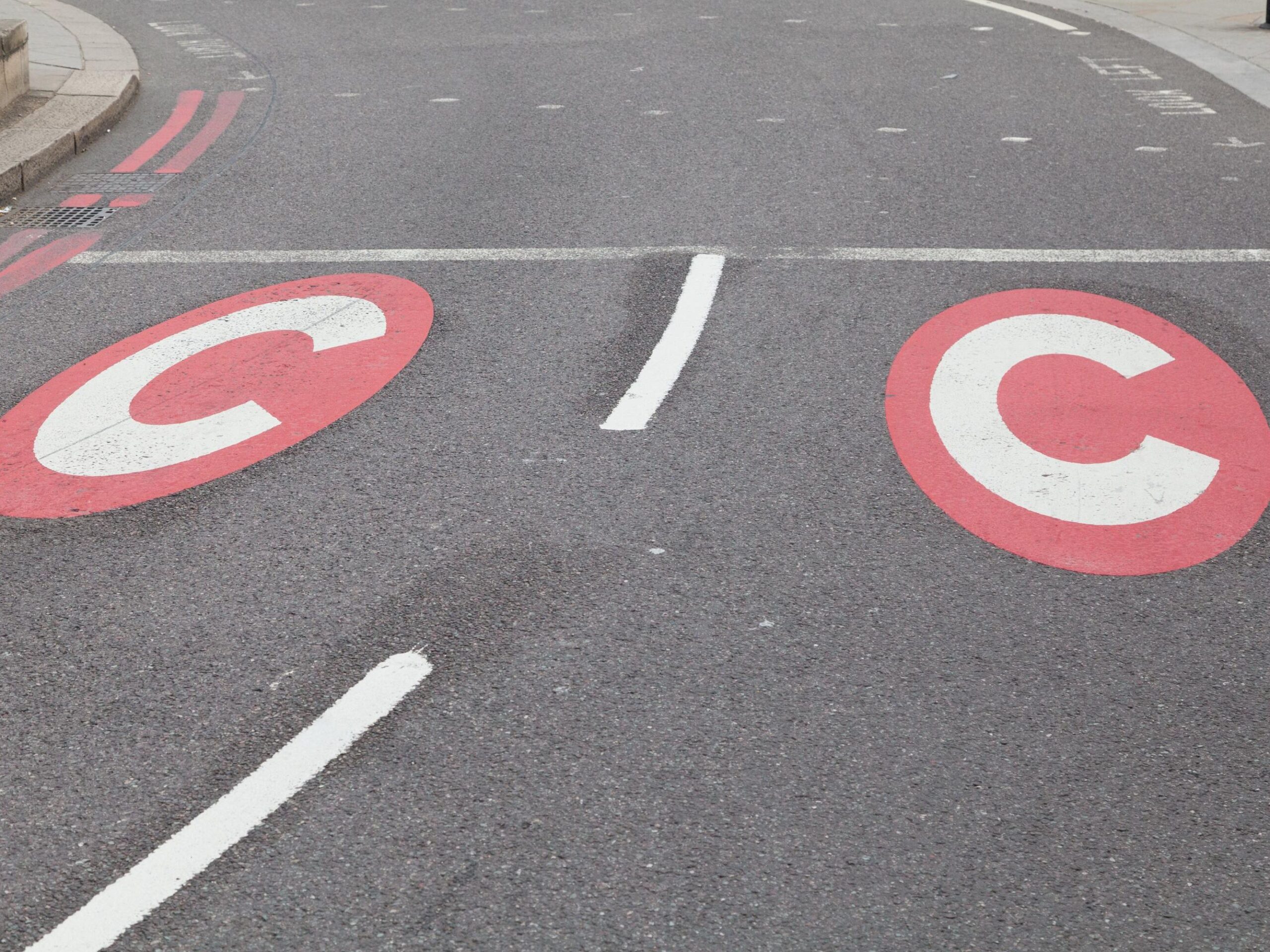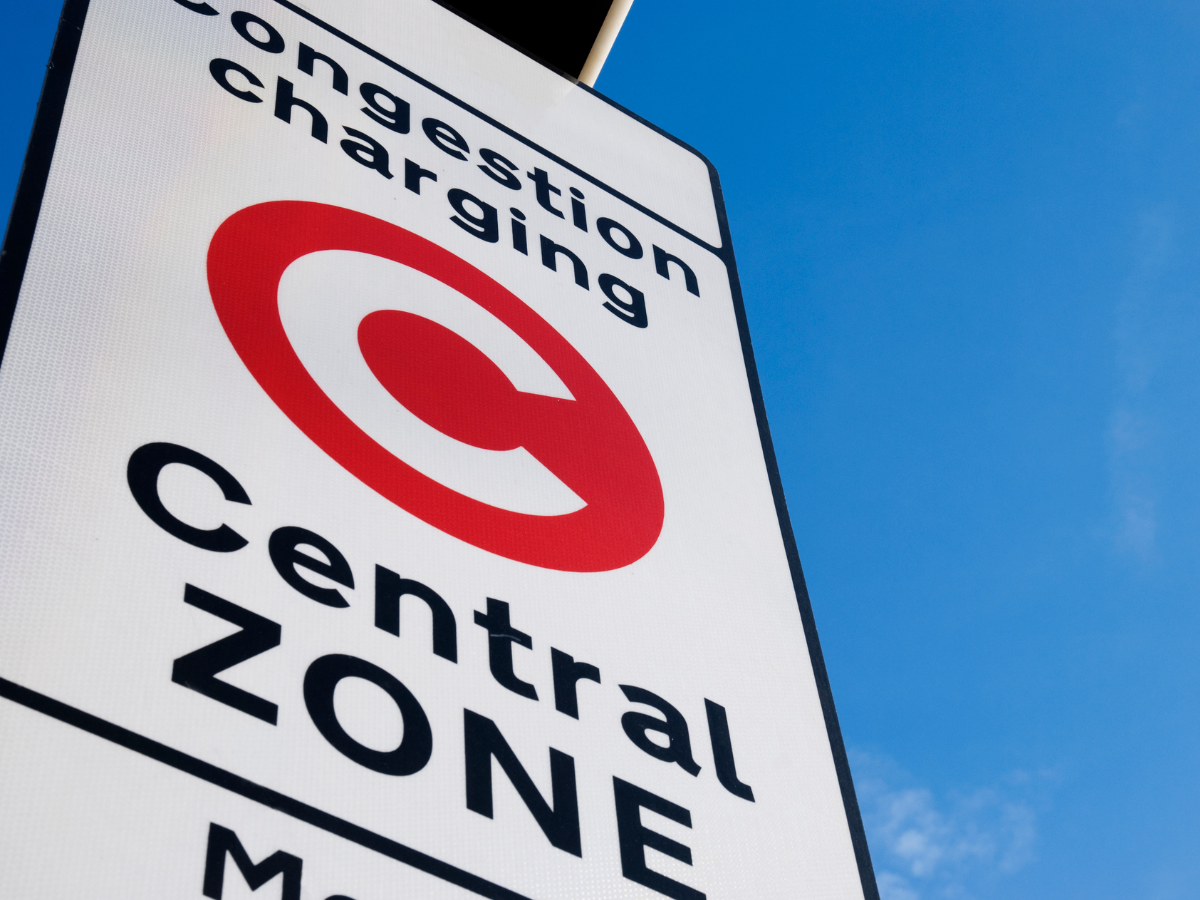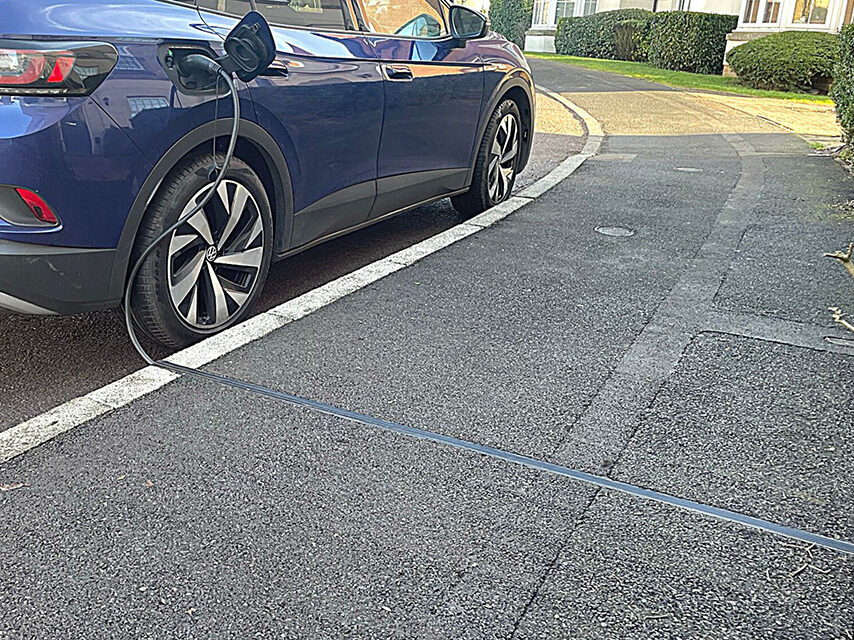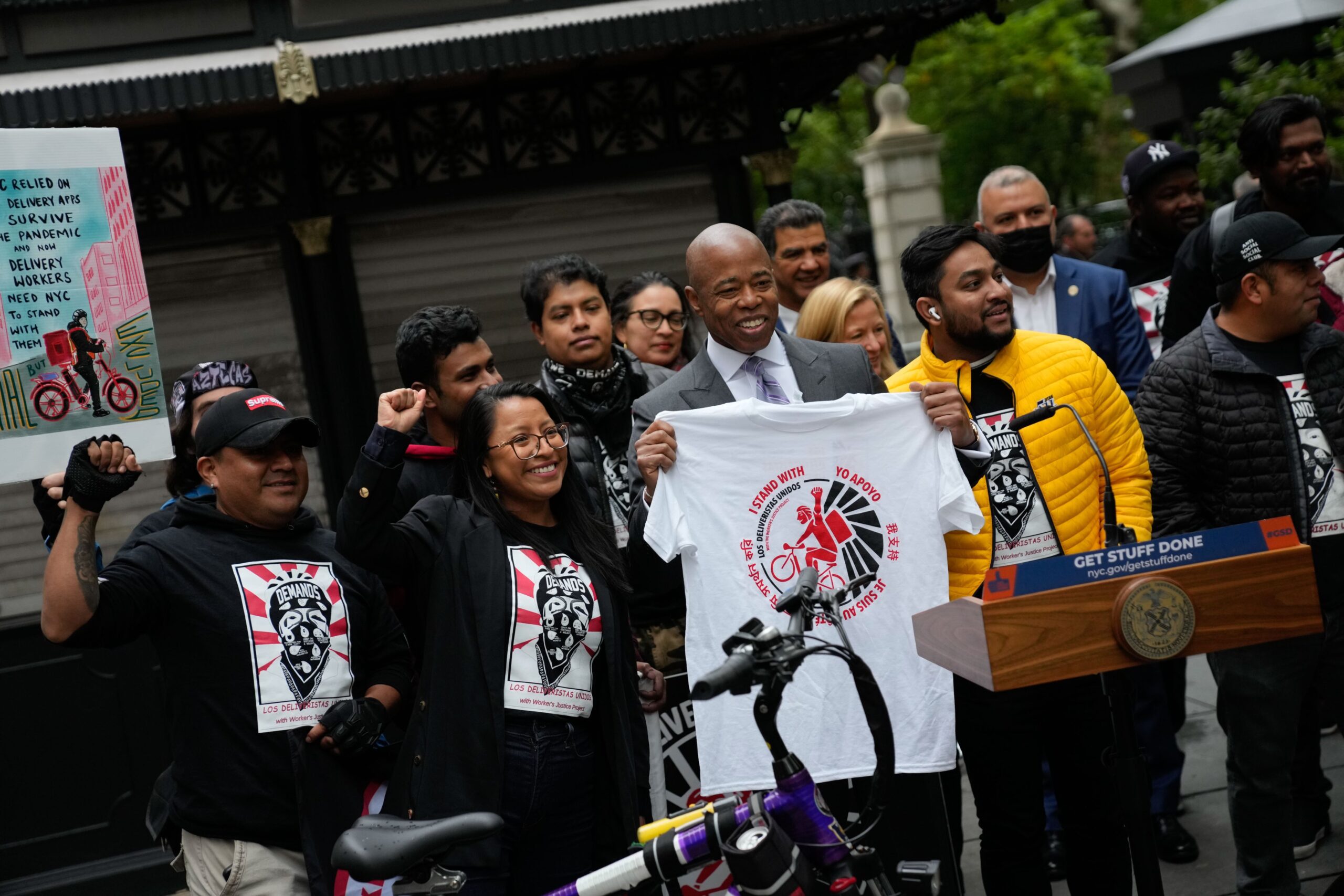The U.S. Department of Transportation’s Federal Highway Administration has released new guidance that aims at helping states cut road deaths in the country.
This move is part of the government’s National Roadway Safety Strategy, which emphasises safety and seeks to meet milestones contained within the Bipartisan Infrastructure Law.
According to the National Highway Safety Administration, vulnerable road users, such as pedestrians, cyclists and wheelchair users make up roughly a fifth of the nearly 43k people who were killed in collisions with motor vehicles in 2021. This is a 13 percent increase from 2020.
The guidance published today is designed to give states additional information as they prepare their Vulnerable Road User Safety Assessment, a measure established in the Bipartisan Infrastructure Law to assess safety performance of individual states, identify areas where vulnerable road users are put most at risk, and consider what could be done to mitigate these risks coming from motor vehicles.
US Transportation Secretary Pete Buttigieg commented:It is up to all of us to keep those who walk, bike or roll safe as they travel. Because of the Bipartisan Infrastructure Law, states have new resources to improve safety for vulnerable travellers, make our roads safer and more accessible for all, and help move us closer to reaching the ultimate vision of zero fatalities.
The Vulnerable Road User Safety Assessments that the individual states will produce in order to identify areas of high risk, are required by law to be driven by demographic and performance-related data developed in consultation with local governments that represent high-risk ares as well. The Federal Highway Administration says it is ‘encouraging’ states to work with those groups that represent populations that are involved in these crashes and reside in the locations where fatalities and serious injuries are occurring.
It is further ‘encouraging’ states to use the findings of their assessments to make changes to project selections and investment strategies.
The new guidance complements the National Roadway Safety Strategy.
The Bipartisan Infrastructure Law has set aside funding for safety-related transport investments, such as the competitive grant programme for local governments entitled Safe Streets and Roads for All. This programme has a funding pot of 5 billion USD.











